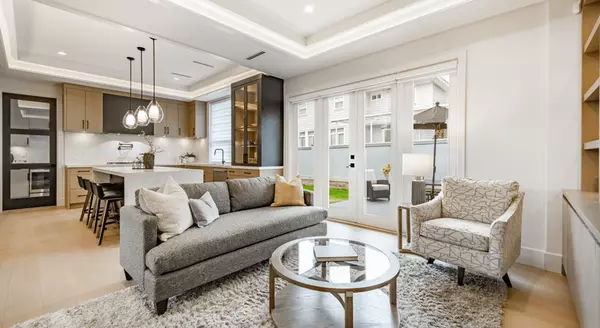Master the Flip: Secrets to Spotting Top-Quality House Flipping Work!

When assessing the quality of work in house flipping, several dimensions come into play. This aspect is crucial as it directly impacts the value of the property, the safety of future inhabitants, and the reputation of the flipper. Here's a deep dive into what constitutes quality work in house flipping and how to assess it:
1. Attention to Detail:
Good house flippers pay close attention to the details. This means not only focusing on visible upgrades and finishes but also ensuring that all elements of the home, including those that are not immediately obvious, are addressed. Quality work is evident in the precision of finishes, the alignment of tiles, the smooth operation of fittings, and the overall aesthetic coherence of the space. Attention to detail prevents minor issues that could later detract from the home's value or lead to bigger problems.
2. Use of Materials:
The materials used in a flip can significantly affect both the cost and the outcome of the project. Quality flippers know where to invest in high-quality materials and where cost-effective alternatives are acceptable. They choose durable, appealing, and appropriate materials for each aspect of the home. For instance, using a more durable paint in high-traffic areas or water-resistant materials in bathrooms. The use of inferior materials might save money in the short term but can lead to deterioration, affecting the home's value and safety.
3. Craftsmanship:
The skill and expertise of the individuals carrying out the renovations are fundamental. Good craftsmanship is seen in the seamless installation of components, the sturdy construction of additions, and the flawless finish of surfaces. Experienced tradespeople bring knowledge of techniques and solutions that prevent future problems and enhance the home's functionality and appearance.
4. Design and Aesthetics:
Quality of work also extends to the design and aesthetic choices made during the flip. This includes a thoughtful layout, tasteful selection of colors and fixtures, and consideration of flow and space utilization. Good design enhances the livability and appeal of the home, making it attractive to a wider range of buyers. It's about creating a cohesive look that aligns with current market trends while ensuring timeless appeal.
5. Structural Integrity and Safety:
At the heart of quality work is the assurance that the home is safe and structurally sound. This means proper electrical, plumbing, and structural work that meets or exceeds building codes. Quality flippers invest in inspections and permits to ensure that all work is up to standard and that no corners are cut in critical areas that could jeopardize the safety or integrity of the home.
6. Functional Improvements:
Beyond aesthetics, quality work improves the functionality and efficiency of the home. This might include upgrading insulation, windows, or systems to improve energy efficiency, or reconfiguring spaces to enhance flow and usability. These improvements contribute to the overall value and desirability of the property.
Conclusion:
Quality of work in house flipping is a comprehensive concept that encompasses the materials, craftsmanship, design, and structural integrity of the renovations. It's about creating a home that is not only visually appealing but safe, functional, and durable. Assessing quality requires a careful look at the details, an understanding of materials and construction, and a consideration of the home's design and efficiency. Quality work reflects on the flipper's reputation and is a critical factor in the success and profitability of the flip. Buyers and investors should always prioritize and scrutinize the quality of work when considering a flipped property to ensure a sound investment and a safe, beautiful home.
Categories
Recent Posts










GET MORE INFORMATION

